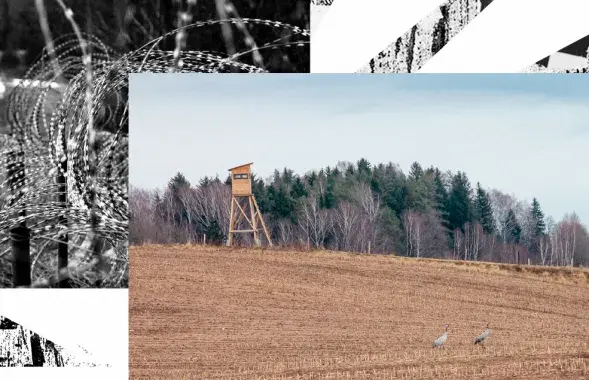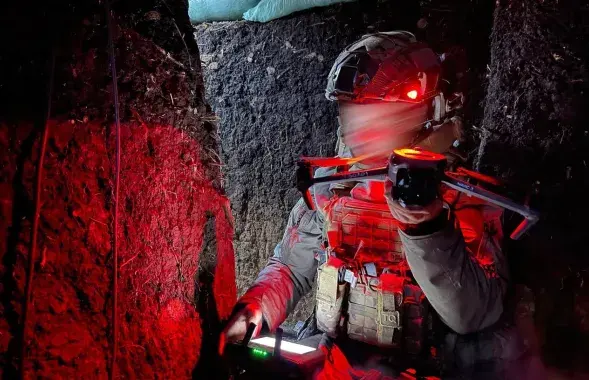Belarus state-owned press resembles Soviet newspapers
One can read the Soviet newspapers at the Old Newspapers web site. It’s good to have this possibility. But in order to become absorbed by the old times, Belarusians can simply read this country’s main newspapers.
On the pages of the state-run publications, you will find the same old “role-model milkmaids” and Stakhanov-style miners… They continue covering the stories about records, plans and economy. Even in terms of style, contemporary Belarusian newspapers differ little from the Soviet papers.
Belorusskaya Niva covers the lifestyle of milkmaids:
“We are welcomed by milking farm workers Larysa Zhyvaglot and Halina Rubnikovich…”The salary of milkmaids has grown. Now, the workers get between Br400,000 and Br1 million… The working conditions have improved. This barn has been renovated. It has an amenity room; shower is working…
We are going to take a look at the milking hall. On the way, we drop in the future rest room. Builders are doing the final touches. The joyful women show: the table will be standing here; a mirror will be there. They are pleased with these changes”.
If not because of the figure of Br400,000, one could hardly notice the difference between the contemporary Belaruskaya Niva and the Soviet newspapers from the 1960s. “Collective Farmers Make Good Money”, reads a headline in a 1966 issue of the Selskaya Gazeta.
“The district’s collective farms have introduced a guaranteed pay in accordance with the tariff rates and have raised field-crop growers’ pay by 30 percent. In the New Way collective farm, last month farmers received 29,000 roubles, almost 40 percent up for the same amount of work previously. Field-crop growers Yulia Bykava and Maryia Khatkevich received 94-102 roubles per month”.
Today, the main state-owned newspapers write about saving. Naridnaya Gazeta has even introduced a column titled “Directive No 3: Saving on Large and Small Scales”. The farms in the Luban district save in a big way”. “ Who can doubt the efficiency of peat?”, Anatol Karpovich, the chief engineer from the local state-sponsored agricultural service company, shrugs his shoulders.
There are no doubts. Newspapers are full of positivism. In the Soviet times, not everything was that smooth:
The Krupskaya collective farm is a small operation: two cow-houses, two pigsties, two carf-herds and auxiliary spaces. Pig-tender Raisa Krauchanka thinks more and more often to leave the barn despite having worked there for three years. The reason: harsh working conditions.
It is especially bad in winter, says Raisa Mikalayeuna. It is very cold in the pigsty. Water gets frozen in the pipes. We come in turn at 3 a.m. in order to warm them up”.
A possibility of traveling in time back to the 1960s grows at several times when you read the Belarusian press ahead of elections or harvesting campaigns.
“Before it rains, we will possibly make it to clear this field, says combiner Syarhey Kastyukevich, raising his head. The weather has already ruined a lot of harvest. We counted to pick at least 30 metric centners from one hectare on this field. We will get only 20…”
“After we collect harvest in our farm, we will help our neighbors, says combiner Vasil Pinchuk”, writes Sovietskaya Belorussia in 2007. Now it is called Belarus Segodnya (Belarus Today).

















